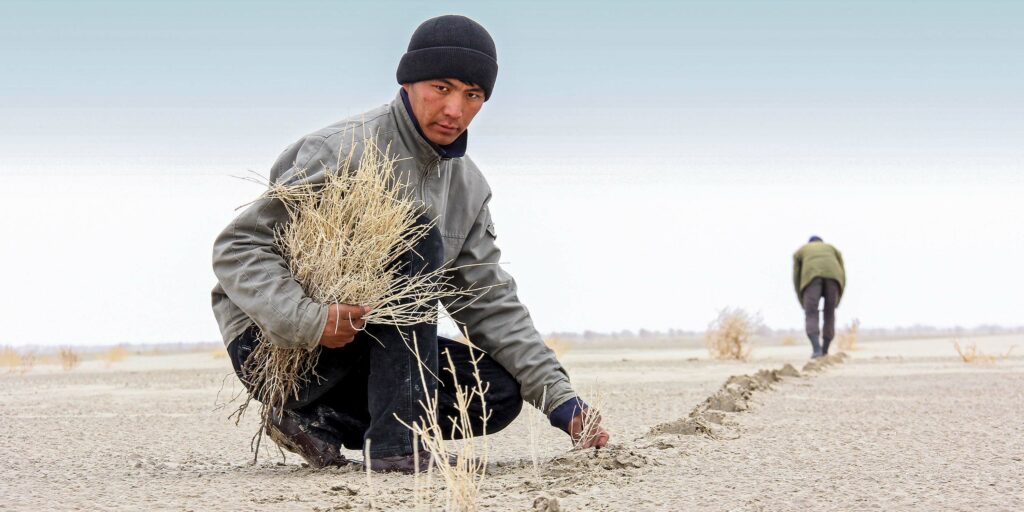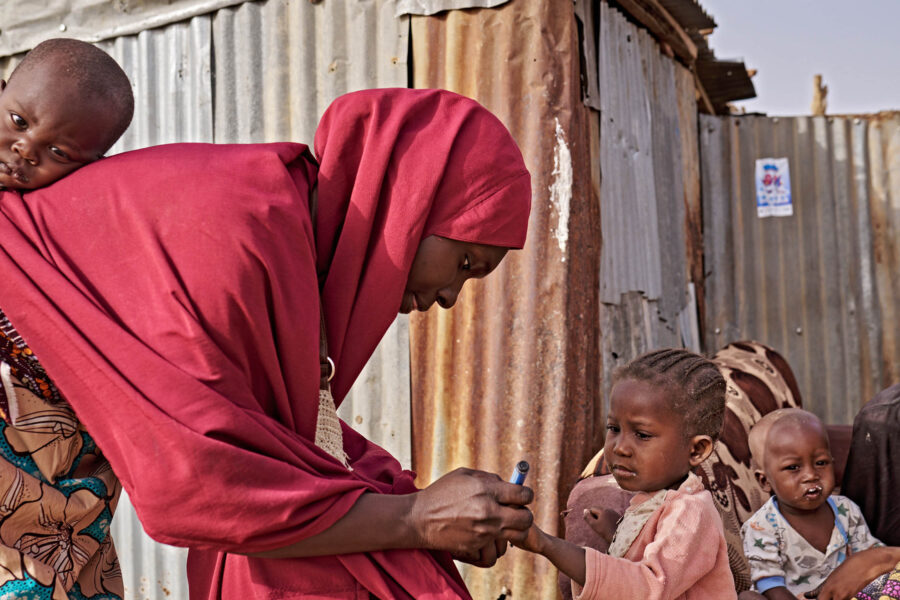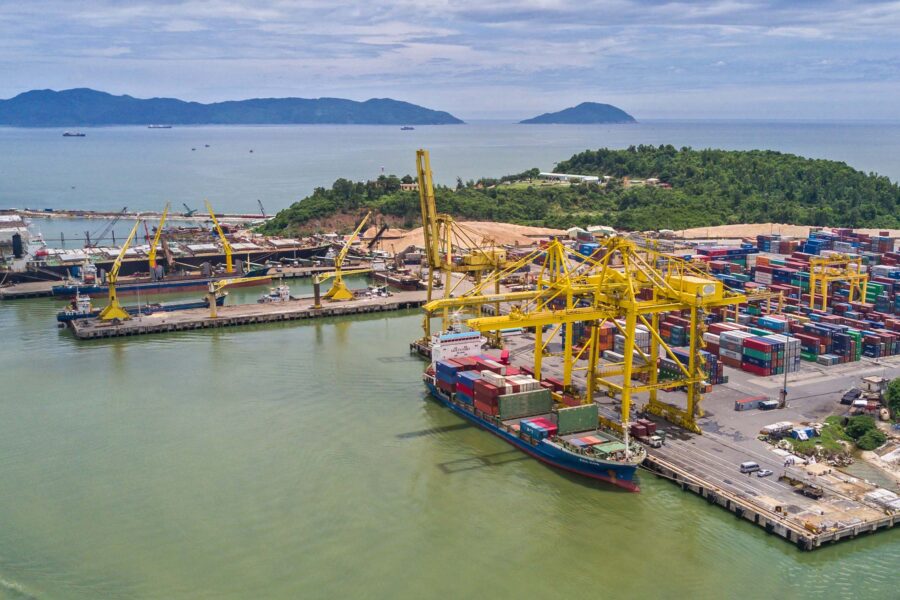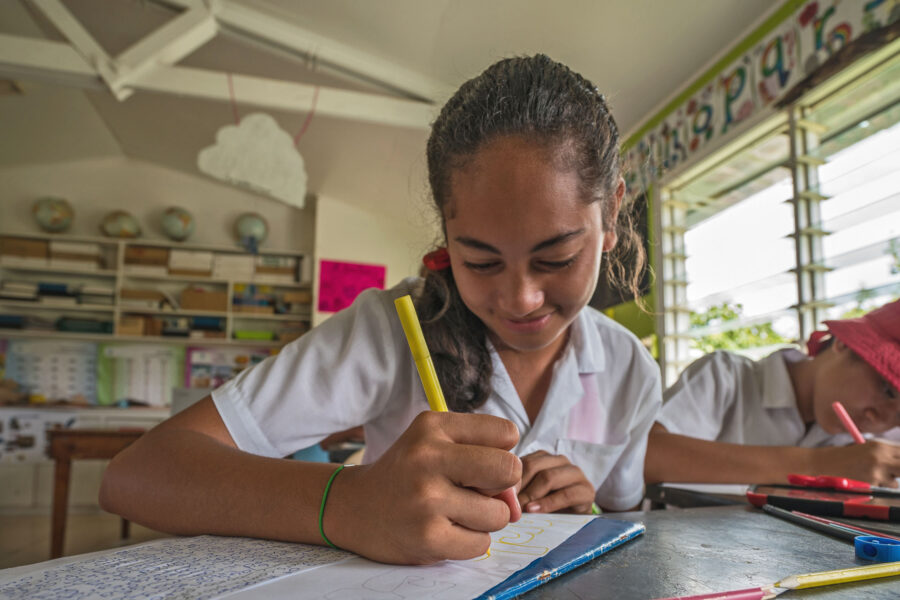Land: from degradation to restoration
Is it possible to hold back, or reverse, large-scale degradation of land and tackle climate change?
Climate — Global

We are only as resilient to climate change as our land is. Actions to avoid, reduce, and reverse land degradation can provide over one-third of the climate mitigation needed to keep global temperature increase in check by 2030.Such actions – and the resultant healthy land – can provide positive and lasting contributions to achieving the Sustainable Development Goals (SDGs).
And yet we are moving on an alarmingly wrong trajectory. The droughts, wildfires, and heatwaves we are witnessing around the world are symptoms of the deepening and interlinked climate and nature crises, with land at the heart of both.
Land restoration can be a cost-effective solution for combating climate change and biodiversity loss, as well as achieving food and water security, reducing disaster risks, improving public health, and advancing multiple other SDGs. But only if we act now.
The United Nations Convention to Combat Desertification (UNCCD) has just launched its first data dashboard. Compiling data from the national reports of 126 countries, the figures on the dashboard are staggering. Between 2015 and 2019, more than 100 million hectares of healthy, productive land were degraded every year – adding up to twice the size of Greenland.
If current trends continue, the world will need to restore a staggering 1.5 billion hectares of degraded land by 2030 to reach a land-degradation-neutral world (one that maintains or increases the amount of healthy and productive land resources), a target enshrined in the SDGs.
Latin America and the Caribbean, as well as East and Central Asia, are the worst-affected regions, with at least 20% of their total reported land area already degraded. Meanwhile, sub-Saharan Africa is seeing the rate of land degradation outpacing the global average. Some 163 million hectares of land across sub-Saharan Africa have succumbed to land degradation since 2015, which translates to more than 100 football pitches every minute.
Signs of hope
Despite these alarming figures, there are some “bright spots” that give hope that a resilient future is possible, with examples of countries across all continents effectively tackling desertification, land degradation, and drought.
In sub-Saharan Africa, Botswana has rehabilitated 1.42 million hectares through sustainable land management initiatives. In Central Asia, Uzbekistan carried out saxaul planting on an area of 1.6 million hectares to eliminate salt and dust emissions from the drained bottom of the Aral Sea. The Dominican Republic is restoring 240,000 hectares in the Yaque del Norte River basin and in cocoa production areas in San Francisco de Macoris province.
These examples show that reversing land degradation while tackling climate change and its impacts is indeed achievable. We know that healthy land plays a fundamental role in the fight against climate change.
Restoring degraded land on a global scale could sequester three billion tonnes of atmospheric carbon in the soil each year, offsetting around 10% of the world’s current annual, energy-related emissions. These same changes can facilitate the adoption of low-carbon lifestyles, with benefits for health and well-being.
In a promising commitment toward building a more resilient future, 109 countries have set voluntary land degradation neutrality targets for 2030 and 21 more are in the process of doing so. Through large-scale land restoration initiatives in the Sahel, Southern Africa, and the Middle East, to name just a few, countries are mobilizing to restore degraded land and create sustainable jobs and livelihoods.
Investment and ambition
Although investments in land restoration are cost-effective and accessible to all, funding remains woefully inadequate. We need to invest more resources in the fight against desertification, land degradation, and drought, as well as climate change, if we are to achieve our global goals. We must pool our technologies and know-how and adapt our key policies to reverse current trends.
Positive changes in the way we use land have enormous potential to help the world achieve truly sustainable development that is resilient to climate change. We have the power to bring land back to life, to turn degradation into restoration.
For this, we need to scale up ambition and investment. We still have a narrowly closing window of opportunity to reverse the current trends and not only meet, but even exceed, global land targets by 2030. This will give other SDGs – including climate – a much greater chance of being reached.





